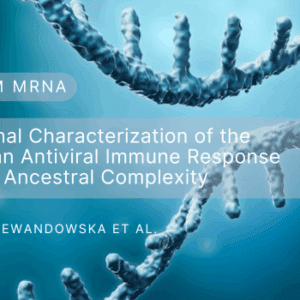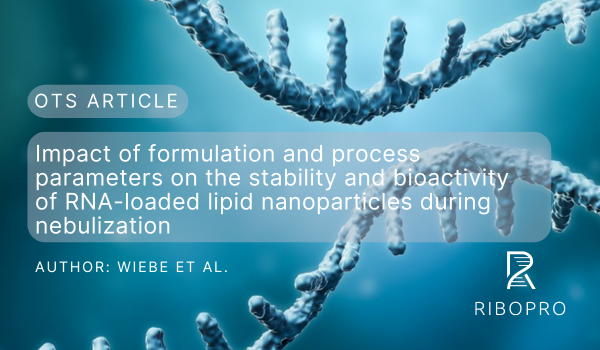Authors
Magda Lewandowska, Ton Sharoni, Yael Admoni, Reuven Aharoni, and Yehu Moran
Keywords
Evolution of immunity, innate immunity, RNA interference, Cnidaria, double-stranded RNA, custom mRNA
DOI
https://doi.org/10.1093/molbev/msab197
Journal: Society for Molecular Biology and Evolution
PMID: 34180999
PMCID: PMC8476169
Abstract
Animals evolved a broad repertoire of innate immune sensors and downstream effector cascades for defense against RNA viruses. Yet, this system varies greatly among different bilaterian animals, masking its ancestral state. In this study, we aimed to characterize the antiviral immune response of the cnidarian Nematostella vectensis and decipher the function of the retinoic acid-inducible gene I (RIG-I)-like receptors (RLRs) known to detect viral double-stranded RNA (dsRNA) in bilaterians but activate different antiviral pathways in vertebrates and nematodes. We show that polyinosinic:polycytidylic acid (poly(I:C)), a mimic of long viral dsRNA and a primary ligand for the vertebrate RLR melanoma differentiation-associated protein 5 (MDA5), triggers a complex antiviral immune response bearing features distinctive for both vertebrate and invertebrate systems. Importantly, a well-characterized agonist of the vertebrate RIG-I receptor does not induce a significant transcriptomic response that bears signature of the antiviral immune response, which experimentally supports the results of a phylogenetic analysis indicating clustering of the two N. vectensis RLR paralogs (NveRLRa and NveRLRb) with MDA5. Furthermore, the results of affinity assays reveal that NveRLRb binds poly(I:C) and long dsRNA and its knockdown impairs the expression of putative downstream effector genes including RNA interference components. Our study provides for the first time the functional evidence for the conserved role of RLRs in initiating immune response to dsRNA that originated before the cnidarian–bilaterian split and lay a strong foundation for future research on the evolution of the immune responses to RNA viruses.



